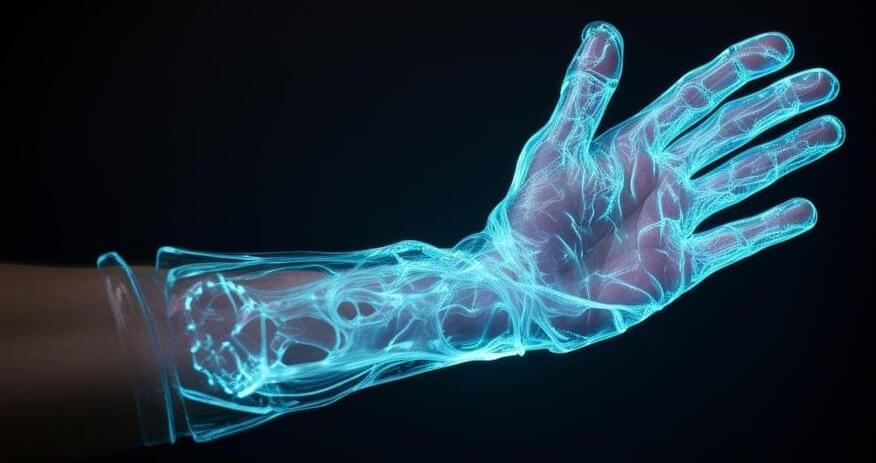New breakthrough in material design will help football players, car occupants, and hospital patients.
A significant breakthrough in the field of protective gear has been made with the discovery that football players were unknowingly acquiring permanent brain damage from repeated head impacts throughout their professional careers. This realization triggered an urgent search for better head protection solutions. Among these innovations is nanofoam, a material found inside football helmets.
Thanks to mechanical and aerospace engineering associate professor Baoxing Xu at the University of Virginia and his research team, nanofoam just received a big upgrade and protective sports equipment could, too. This newly invented design integrates nanofoam with “non-wetting ionized liquid,” a form of water that Xu and his research team now know blends perfectly with nanofoam to create a liquid cushion. This versatile and responsive material will give better protection to athletes and is promising for use in protecting car occupants and aiding hospital patients using wearable medical devices.







